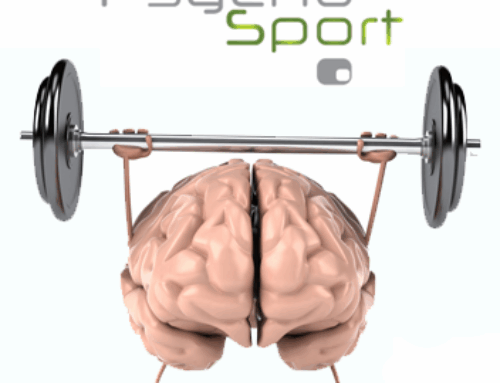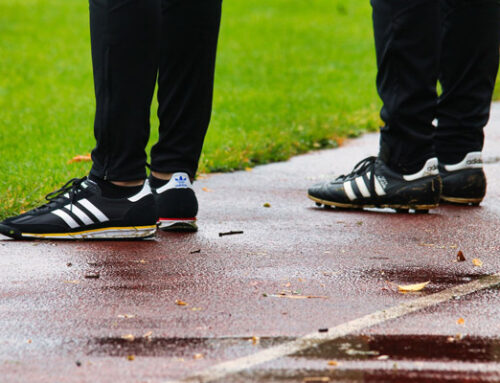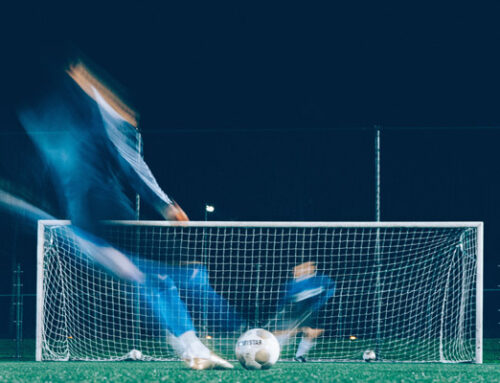Flow in sport: what is it?
The flow is a state that is both physical and psychological where the athlete feels extremely well in their activity, completely immersed in what they are doing, and where they have the impression that all their movements are falling into place perfectly, without feeling the slightest effort.
The athlete experiences a total sense of accomplishment, completely immersed in their sensations and movements, acting without any doubt and instinctively.
These moments of high performance are precious moments that we will try to further develop in athletes. The more often they can connect with this state of well-being in their sports practice, the more often they will be highly effective and consistent.
So, the interest lies in finding the means that athletes can implement to be in a state of flow (referred to as “flow” in English).
The flow, this state of optimal performance in athletes
Csikszentmihalyi highlighted this concept, which is also referred to as “optimal performance”.
But what characterizes this optimal performance?
Based on studies of elite athletes, it’s noted that this state of flow is most often triggered in the following cases:
- The athlete is in a motivated state to practice their sport (which is not the case every day)
- The athlete faces a challenge: against an opponent or a team of similar or slightly higher skill level in general
- They are in an environment where they feel safe: they have taken ownership of their “territory,” they have their routines
- The athlete finds ways to be completely focused on what they have to do: on their body, equipment, themselves, and their opponents
- They gradually immerse themselves completely in the action, where their body and the equipment they use become one
How is this state of flow observed on the field?
In this state of flow, the athlete:
- plays “easily”: a sensation of ease, without truly feeling effort as something painful
- has a sense of control (nothing disturbs them)
- has a sensation of well-being
- experiences an altered sense of time
Flow in athletes: How to achieve this state?
To enter this state of flow, various means exist. Here are a few:
- Being able to motivate oneself by setting performance goals before each match is crucial. More significant moments of demotivation (being tired of practicing the sport, for example) should be worked on with the coach.
- Subsequently, the athlete should always become familiar with the match environment (arena, field, track, etc.): it’s with a sense of security and often familiarity that one enters this state.
- The usual warm-up, familiar routines, as well as becoming acquainted with the match environment, put the athlete in a disposition to enter this state.
- Being “in the zone” is crucial because it allows for being fully in one’s sensations and movements.
- Furthermore, using means to connect with one’s equipment, as well as with sensations, can be accentuated through training in mindfulness (engaging in sport mindfully means connecting with the present moment and its sensations).
- Anchoring techniques can be used by employing images, words, or behaviors associated with this state.
Examples:You think of an image of yourself in the state of flow (a memory of being in flow or an anticipated image).
Alternatively, you practice adopting a behavior associated with this state. For example, for Christophe (name changed), a tennis player, hopping while clenching his fist, breathing calmly, and fixing his gaze ahead helps him enter and stay in this state. Note that each technique and behavior used is personal and should be practiced regularly. - Mental imagery and behavioral techniques are also practiced.
The flow is a precious state that athletes can strive to cultivate to enhance their performance and well-being in their sports practice.
More articles related to this theme:




